This article covers things you never wanted to know about rooster reproductive anatomy and chicken mating, including up-close and personal photos. Soon you will be well equipped to impress friends and business associates at cocktail parties with an alarming amount of information about chicken copulation.
For starters, roosters have a bit of a physical challenge in the romance department because all of their reproductive anatomy, male parts, equipment is inside their bodies. A fair amount of physical agility is required to get everything where it needs to go to close the deal and it’s not always pretty to watch. In fact, the uninitiated may not even be aware of what’s happening when they witness chickens mating- it happens in a matter of seconds and it’s remarkable that it works at all given the absence of the usual male appendage.
COURTING BEHAVIOR-Chicken Speed Dating
There are no flowers, no dinner and a movie, so how does a rooster impress the chicks? Some roosters don’t even bother trying, they’ll simply take charge of their mate, but the more romantic types have a few go-to moves they rely upon to dazzle the ladies, which can include any of the following:
>
The Matador
This patent-pending rooster move is clearly intended to attract a hen’s attention and mesmerize her with his size and beauty. The rooster fans his wings flamboyantly while dancing around her in the same way a matador fans his cape to attract the bull. I made that name up, but this move is commonly referred to as: the wing drag, wing drop or wing flicking.
The Two-step
In conjunction with the wing drag, a rooster will often dance in a circle, trying to position himself behind her to assume the mating position.
Tidbitting
Picking up actual or pretend morsels of food while calling the hen over to investigate is the oldest trick in the book. When she comes over to see what’s up, that’s when he makes his move.
With apologies to Hasbro and my daughters whose Play Doh I pirated for this illustration, I present you with a rudimentary model of the rooster reproductive system. Parts are not to scale. ☺
BOY PARTS
Here comes the “too much information” part of the program, folks. A rooster’s sexual organ is called the papilla, which is located inside the bird just inside the wall of his cloaca. It looks like a small bump and is not at all similar in form or function to a penis except to the extent that semen exits through it.
The photo above is as close as any of us are likely to see the reproductive organ of a live rooster.
The hen inverts her cloaca to meet the rooster’s presentation of his and accept the semen into her reproductive tract.
THE ACT
So..how DO they do the deed? The rooster gets into position, which resembles a piggy-back ride, standing on her back, holding her neck feathers with his beak and steadying himself with his feet. This activity is known as treading. The hen crouches down, spreads her wings to the side for balance and lowers her tail in a position I call the submissive squat.
Since the papilla is located inside his cloaca, (vent area) his cloaca must touch hers to transfer the sperm from his body to hers. This touching together of cloacas is commonly referred to as the “cloacal kiss.” That’s all there is to it- he hops off and she shakes out her feathers and each goes about his or her business. Ain’t love grand?
Treading can cause feather damage, bald spots and skin damage to the hen. A cloth apron, also known as a Hen Mating Saddle™, can be worn by the hen as protection from too frequent or too aggressive treading. Learn more about The Chicken Chick’s Hen Mating Saddles™ HERE.
MISCELLANEOUS INFO
A hen does not need a rooster to produce eggs. A hen will lay eggs with the same frequency regardless of the presence or absence of a rooster in the flock. Learn about how a hen makes eggs HERE.
Facts and myths about fertilized eggs can be found HERE!
Bantams roosters (small breeds) can successfully mate with large fowl hens. Learn about rooster fertility HERE.
Sources & further reading
Storey’s Guide to Raising Chickens
The Chicken Health Handbook
Avian Biology
Avian Male Reproductive System
Anatomy and Physiology ofAvian Reproductive Systems
Sexual Selection and the Intromittent Organ of Birds
Kathy Shea Mormino
Affectionately known internationally as The Chicken Chick®, Kathy Shea Mormino shares a fun-loving, informative style to raising backyard chickens. …Read on


shop my SPONSORS



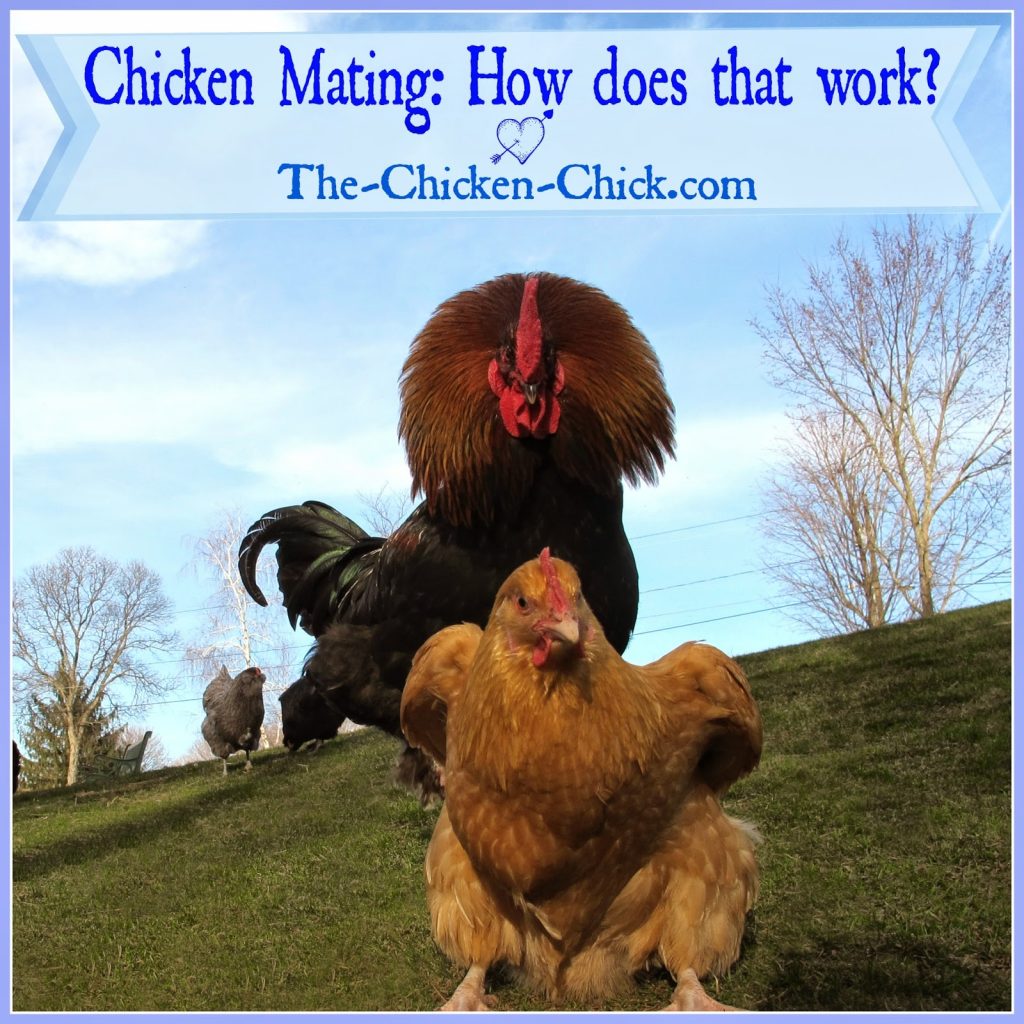
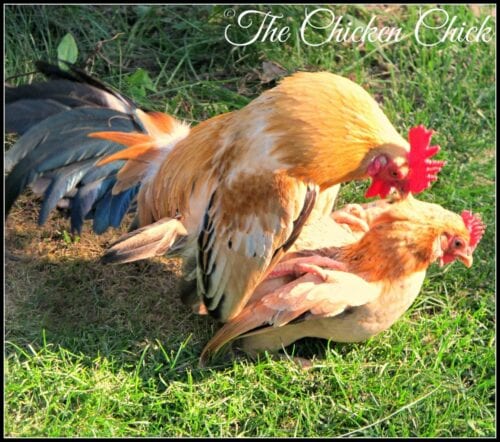
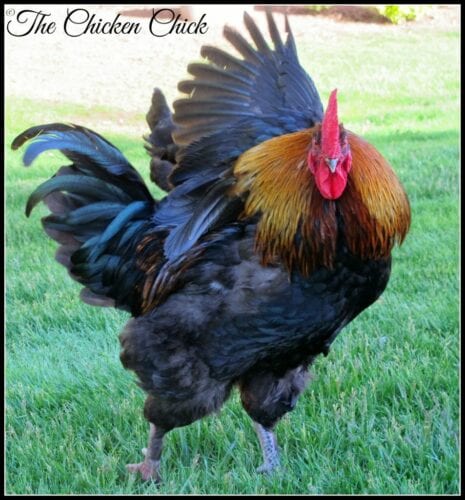
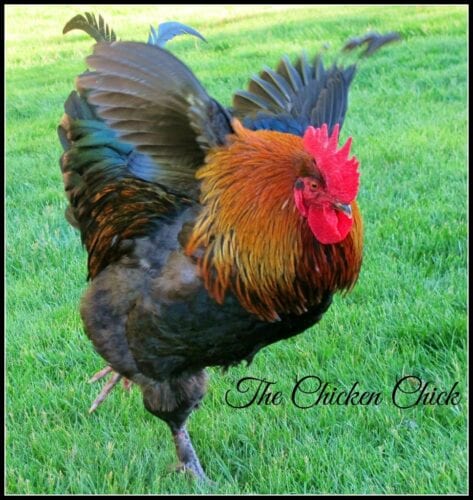
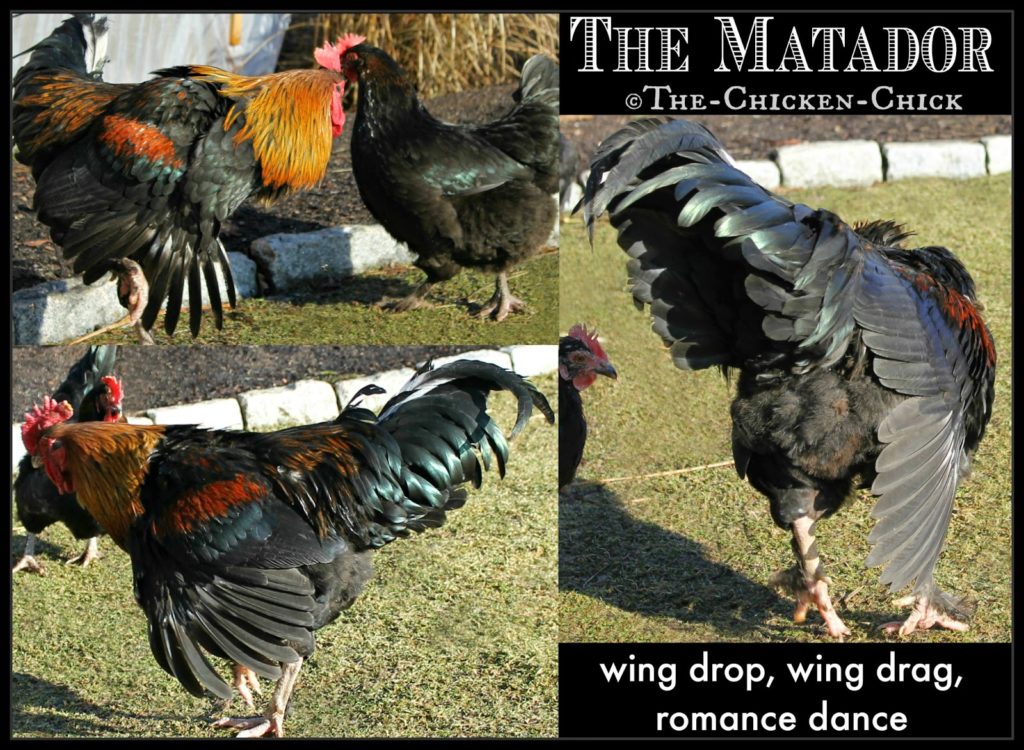

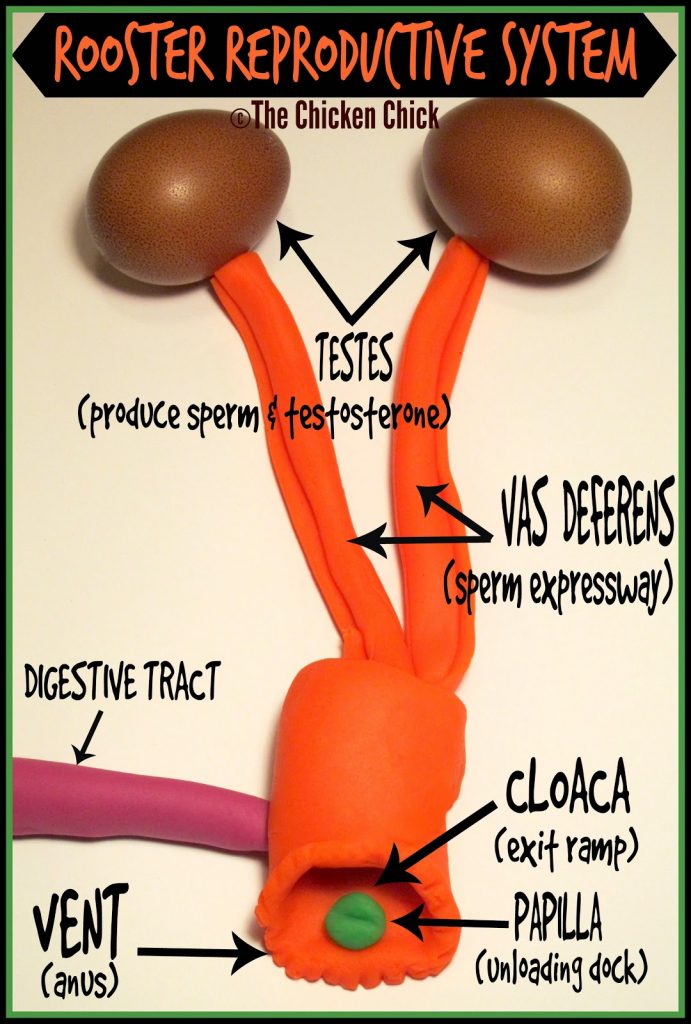
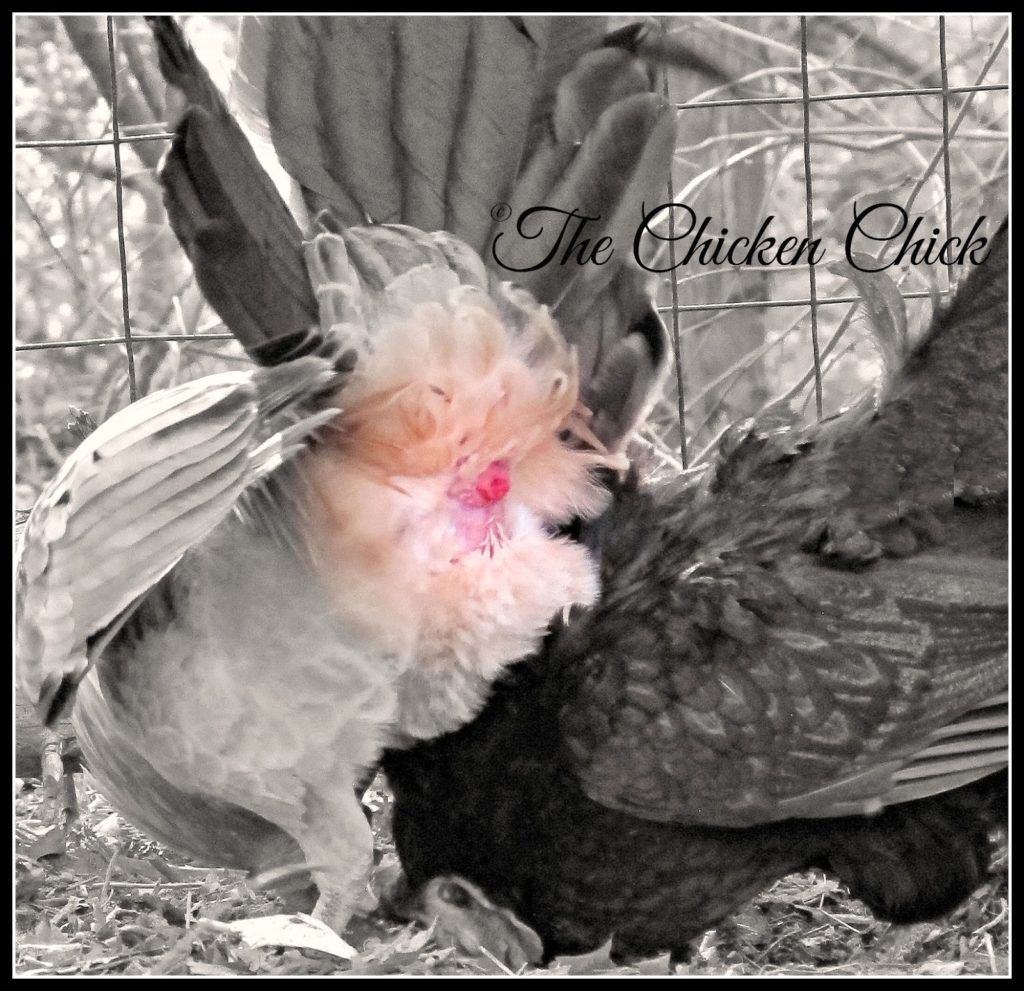
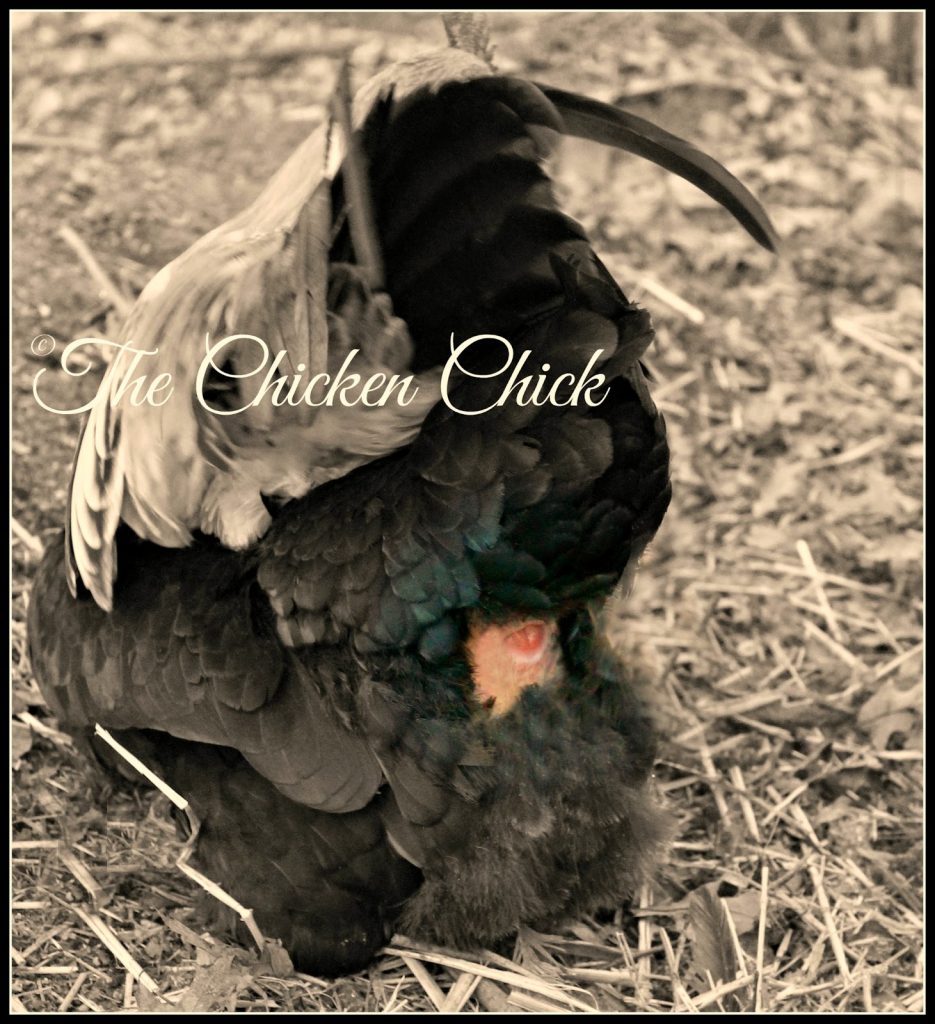

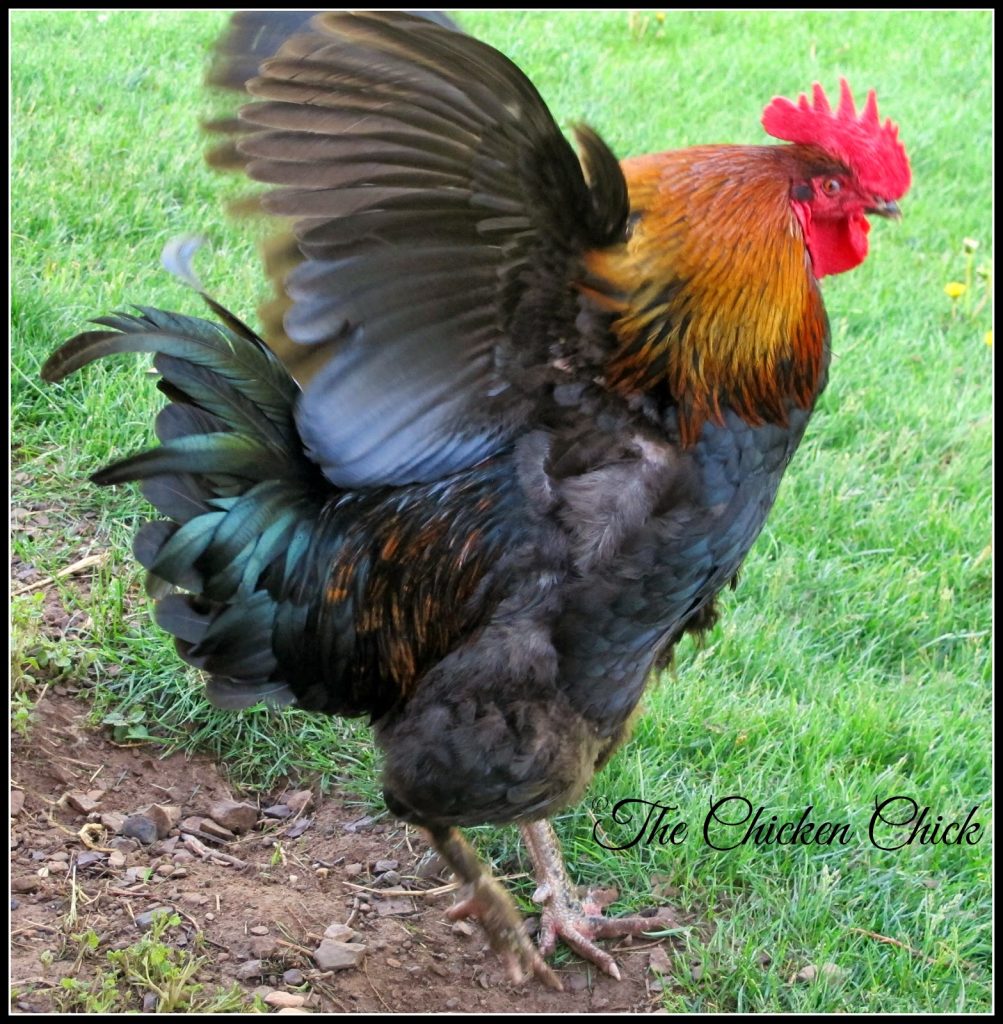
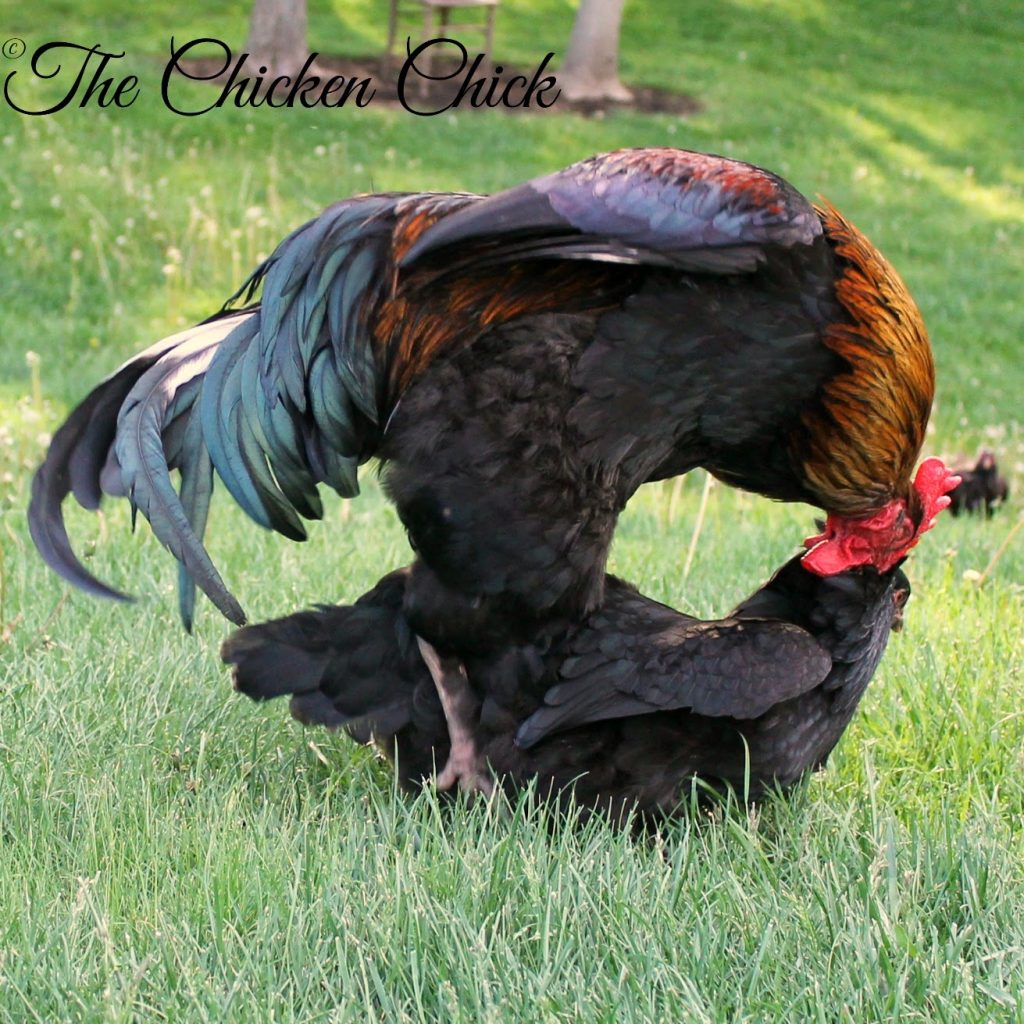
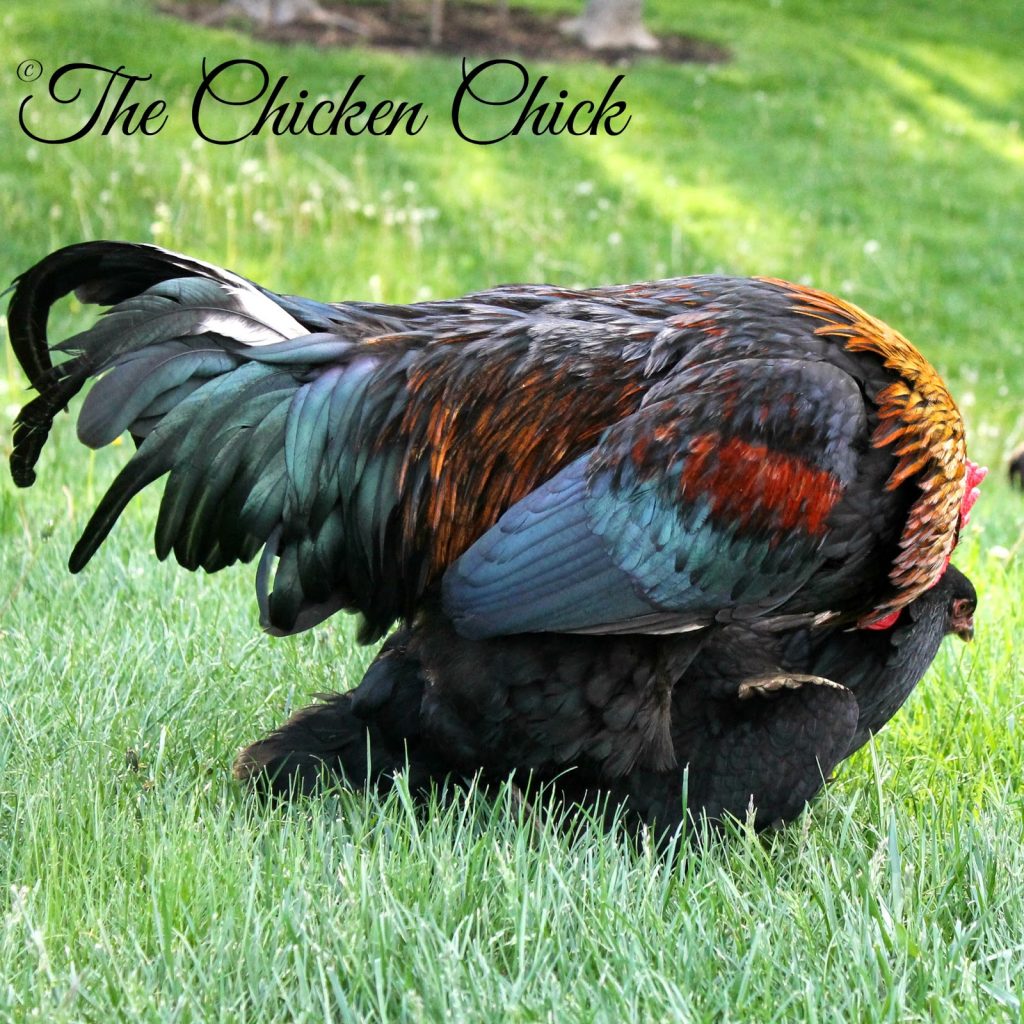
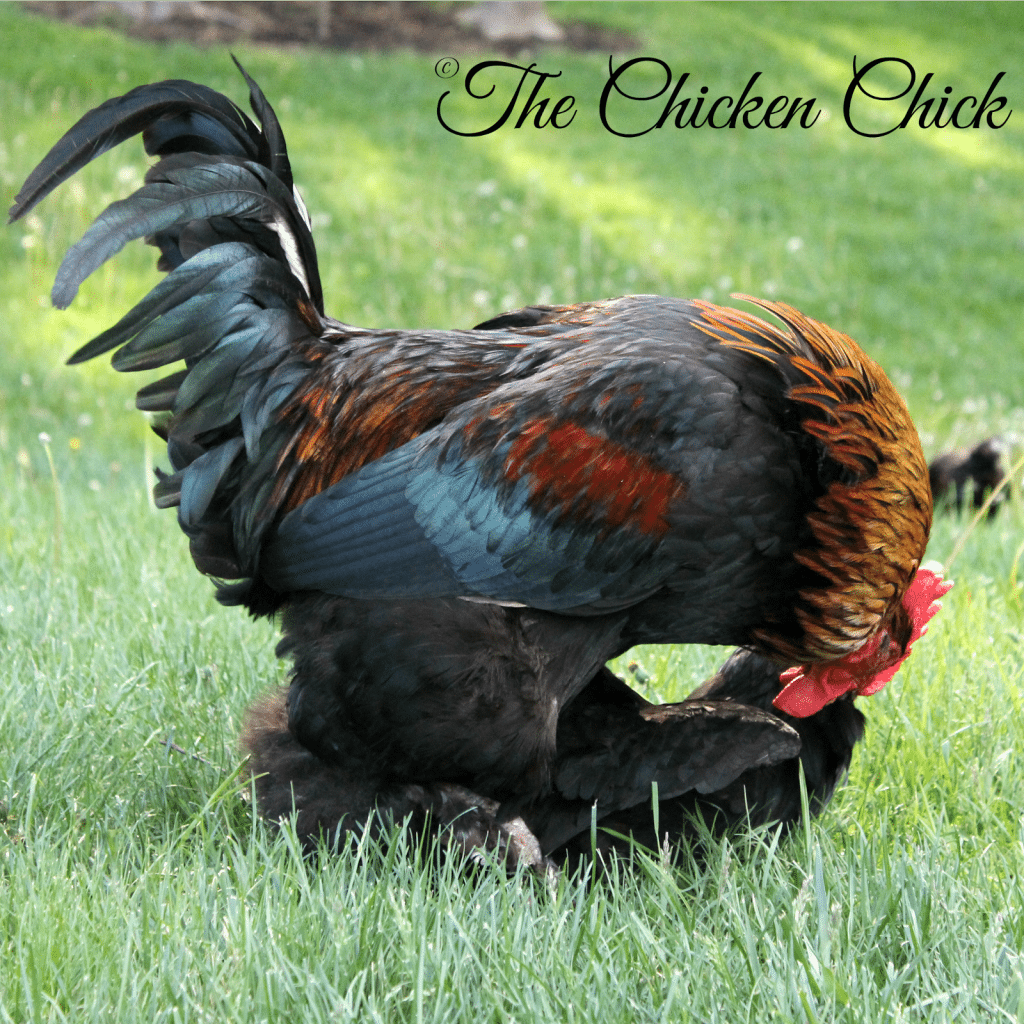
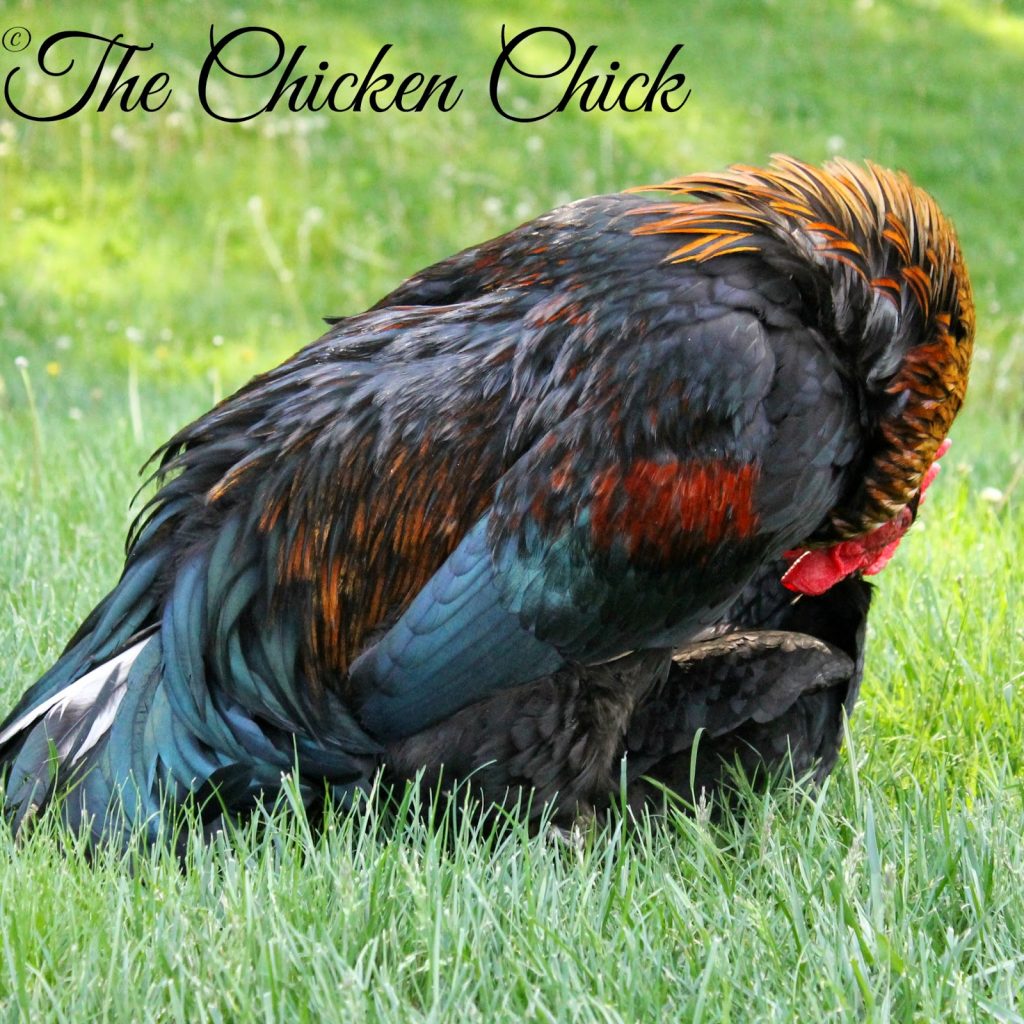
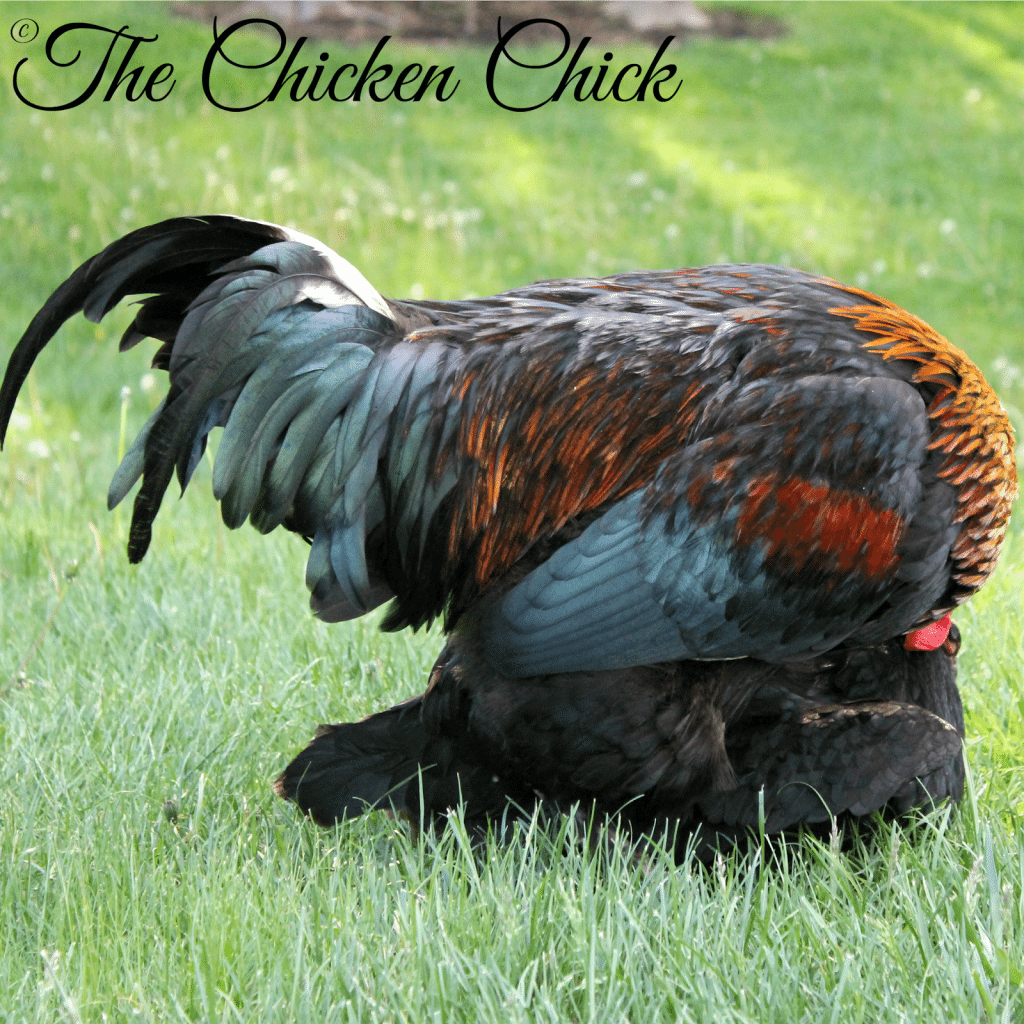
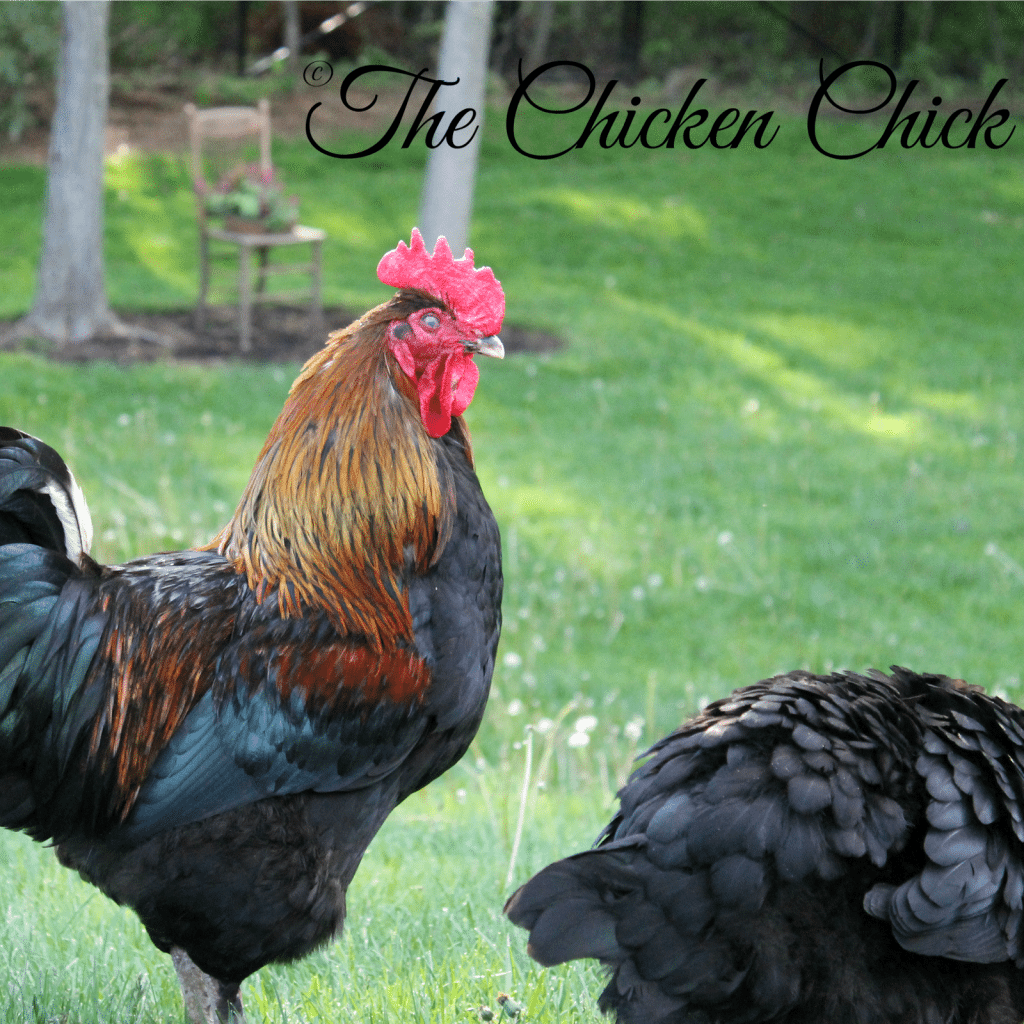
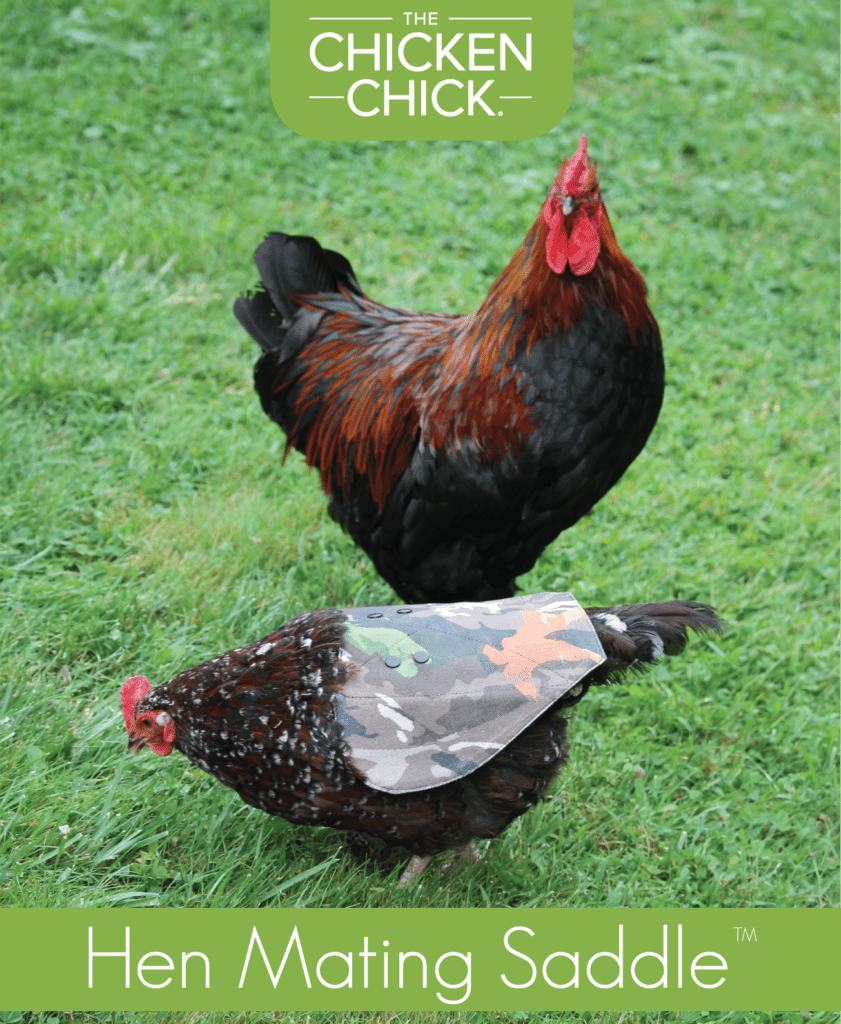
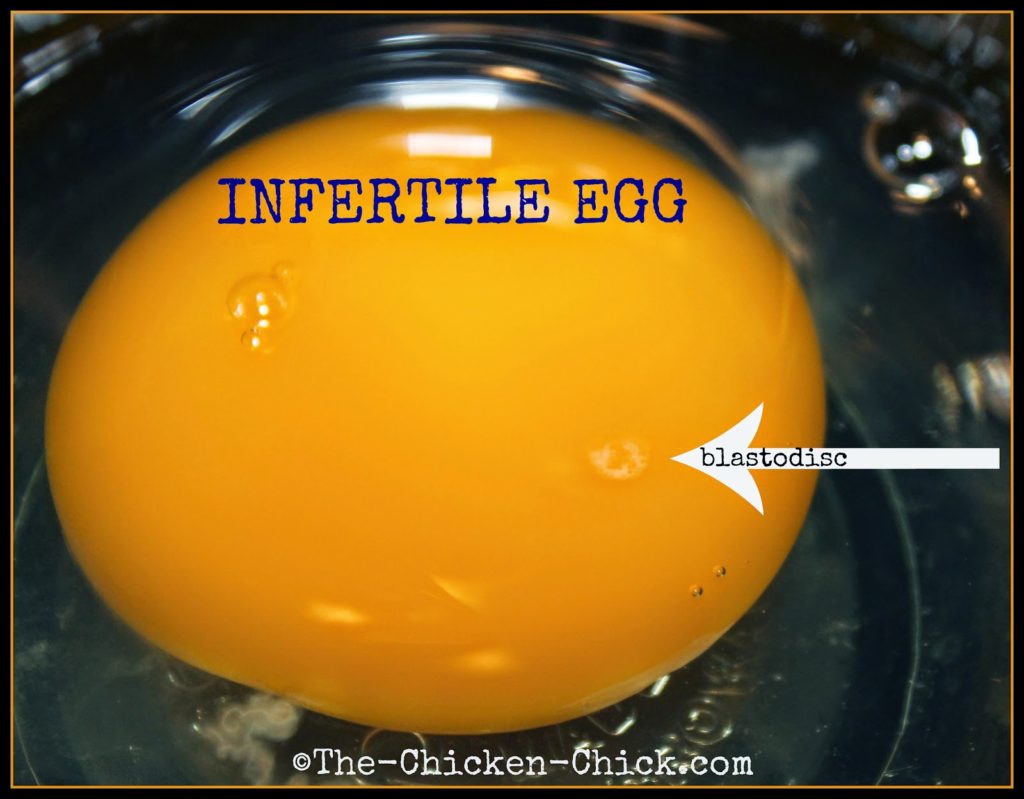
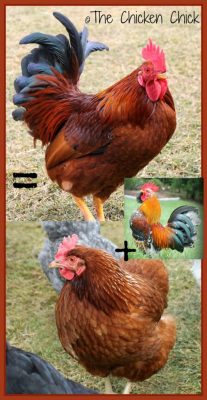
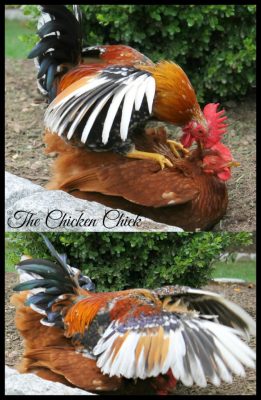


























Great article! I enjoy all your articles and have learned so much!
thanks for the giveaway. LOVE scratch and peck!
Truly am thankful for finding you! Great information!
This article is perfect timing. I recently acquired 2 roosters because I was tired of "broody breaking" and wanted the hens to be able to sit on some fertile eggs. I'm going to find an article on egg "candleing" and try to figure out how all that works. I would hate for a hen to sit on eggs for 3 weeks, and then nothing happen. Still learning…thanks so much for enlightening all of us!
that would be a great prize thank you for the chance